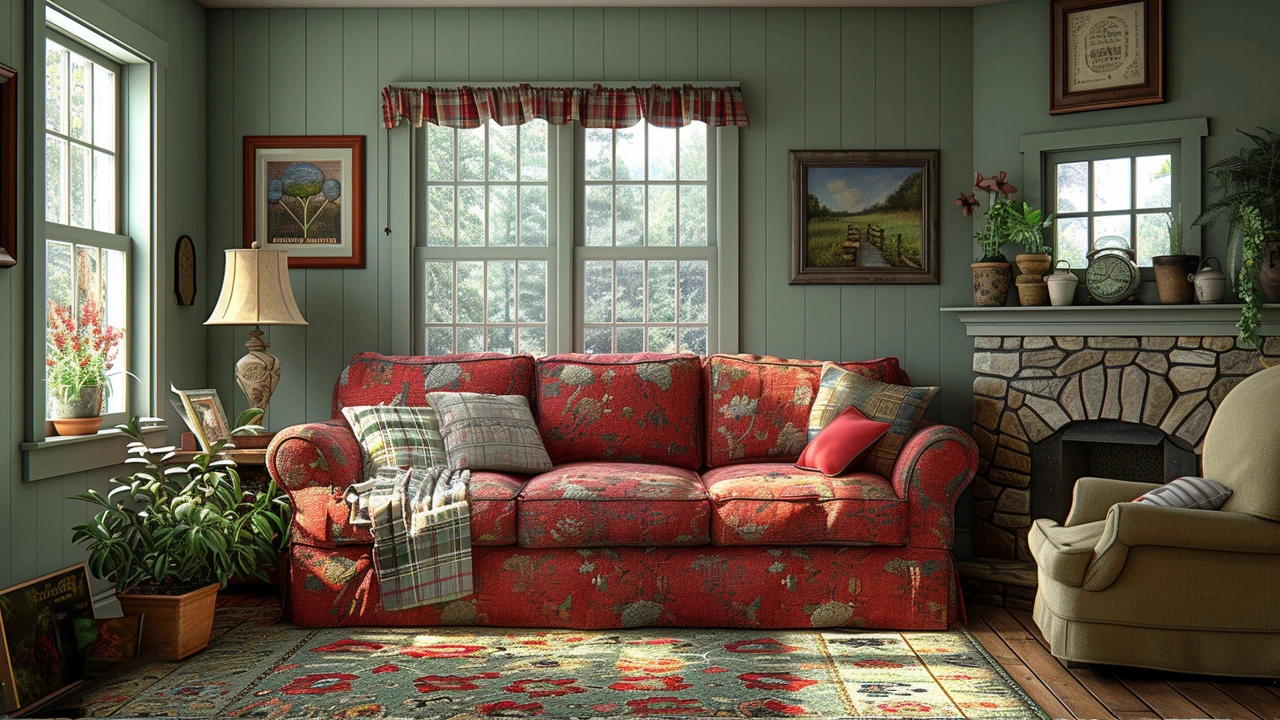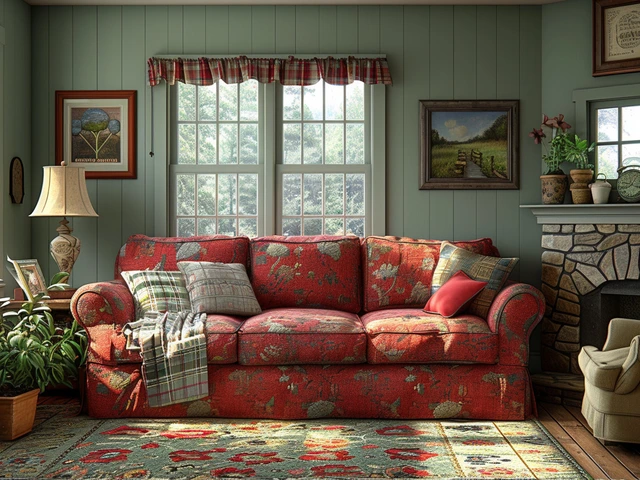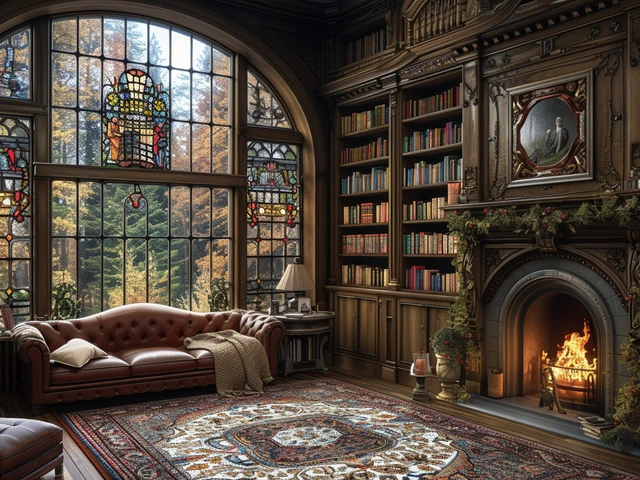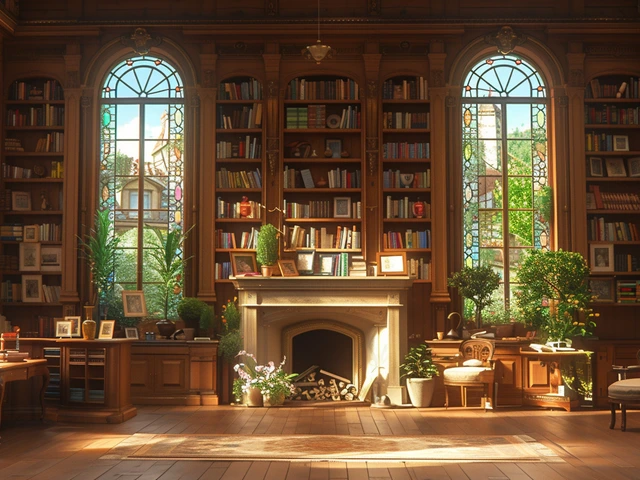The Roots in the Rough: A Brief History of the American Craftsman Style
The journey of the American Craftsman style traces its roots back to the last breaths of the 19th century. Born from the stickiness of the Industrial Revolution's factory churned goods, this architectural and decorative style swam upstream, celebrating the unique beauty of handmade wooden furniture and homes that tell tales of meticulous craftsmanship. Coffee tables, front porches, fireplaces.... every single feature threw a punch at mass production, making a case for a tasteful fusion of simplicity, comfort, and quality.
British design reformer, William Morris, and American furniture manufacturer, Gustave Stickley, laid the groundwork for this movement, but it's architecture that gave the style its defining moment. Arguably, the green-thumbed Greene brothers out of Pasadena, California, developed the style into an art form — an art form that remains a favourite until today. The Craftsman style is more than just an architectural trend; it's a testament to the ethos of an era - an era that fervently propagated the respect for skilled labour and natural materials.
The Elemental Elegance: Understanding the Aesthetics
The American Craftsman style is best described as 'simple elegance'. There's a no-nonsense approach here where form follows function. But, simplicity doesn't translate into the bare minimum. Exposed beams, extensive use of wood, built-in furniture, wide porches – they all give the Craftsman home its singular charm. There's a high regard for natural materials — wood, stone, and glass, each used abundantly and deliberately.
Much like that old wooden chest at your grandma's place that smells of stories and time, or that beloved, well-worn armchair your cat has claimed - the Craftsman style emanates a warmth that is palpable. The low-pitched roofs, the overhanging eaves, the handcrafted aesthetics — every element is a well-strung verse in a beautiful poetry of design and workmanship. Call it the heart of the home, but there it is, the fireplace, often made from river rock or locally sourced stones, donning the mantle of a focal point in a Craftsman living room.
The Craftsman Customisation: Making the Style Your Own
The beauty of the Craftsman style is its adaptability. There's room to inject your personality without straying from the essence of the style. You can play with light fixtures, for instance. Arts and crafts-styled fixtures with stained glass details beautifully fit the philosophy. But don't let the history confine you. Simple yet elegant contemporary designs have their shined place in a Craftsman home. Just remember, the Craftsman spirit is all about natural materials and appreciation for workmanship.
Here's a funny incident from my life when customizing my Craftsman home. While shopping for wooden dining chairs, I noticed a set where each had a slightly different foot design, perhaps accidental, perhaps intended diversity. Intrigued, I asked the shop-owner, an elderly man with twinkling eyes, about it. He responded with a chuckle, "My boy, in old times craftsmen left a mark for individuality, even on mass orders. A lesson for us - Find beauty in little imperfections, just as humans do." That bit of wisdom stayed with me, and the chairs? Well, they found their way to my Craftsman home.
Constructing Craftsman: Essential Considerations
Whether constructing a Craftsman home or refurbishing a historic one, one needs to respect the architectural integrity – the exquisite marriage of aesthetics and functionality the style so signifies. The essence of Craftsman homes lies in its detailed design and handcrafted elements, not forgetting a close relationship with nature. These homes often stand strong and wide, hunkering down in harmony with their environment. So, the selection of the site and the spatial planning — it's got to be meticulous!
Porches are a must-have feature – they promote a closer interaction with the neighbourhood, a signature Craftsman tradition that emphasises community. Role of light in shaping space is a key consideration. Craftsman homes typically have open floor plans, allowing the light to flow freely, creating a seamless connection between different living zones. So, strike a balance between your windows and your walls. Don't forget, natural materials reign supreme here.
The Craftsman Cornucopia: Tips for Decorating Your Craftsman Home
Your Craftsman home's interiors share the same spotlight as its architectural prowess. A balance between warmth and sophistication is key here. Earthy toned walls, rich wood finishes, sturdy yet comfortable furniture – that's your starter pack to a Craftsman interior. Throw in some Arts and Crafts textiles for your upholstery or window treatments that resonate with the aesthetic.
While strolling through an artisan market during a vacation, I stumbled upon vibrant hand-woven rugs that I instantly knew would find a special place in my Craftsman home. The history, the colours, the touch of ethnicity – an exploration of such authentic finds can truly set your Craftsman interiors apart. Embrace those bold and warm colours for your walls - rich greens, deep golds, calming browns. They add a perfect backdrop to your wooden detailing and furniture.
The Craft of Making it Last: Preservation and Maintenance of Your Craftsman Home
This is a topic close to my heart as preserving the integrity and charm of your Craftsman home is essential. Regularly ensuring the architectural elements such as the eaves, exposed rafters, and porches are in good condition is necessary. Routinely treating your wooden elements with appropriate oils can enhance their lifespan and maintain their lustre. Do not shy away from giving your home a fresh coat of paint periodically; it acts as a protective layer and adds to its timeless beauty.
While working on the restoration of my attic, I found some old, carved wooden pieces. Instead of discarding them, I transformed them into a centrepiece for my living room. It's essential to remember that Craftsman homes aren't just structures, they are stories. So here’s an interesting tip - if you ever encounter pieces that don't fit in your present setup, don't trash them; give them a new role in your décor narrative.





